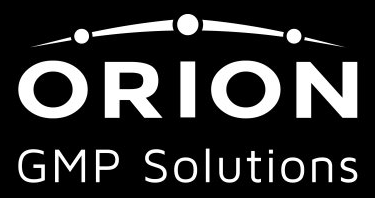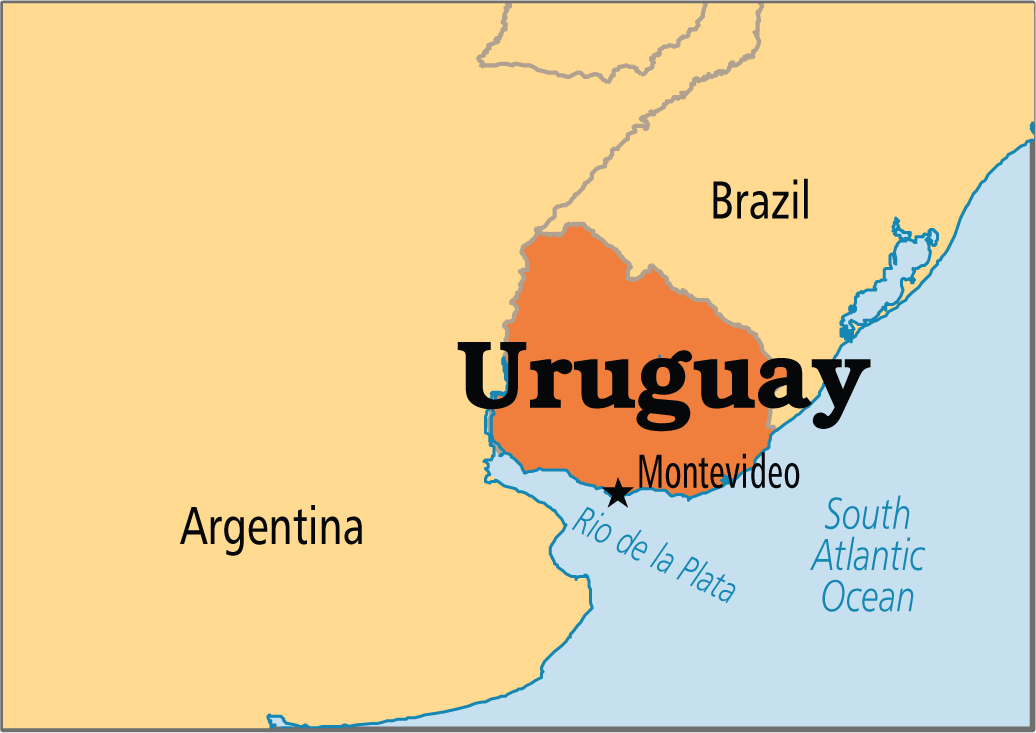Regulations for national production | MBA Ing. Agr. Sergio Vazquez | DGSA-MGAP
The “Flower of Opportunity – non-psychoactive cannabis production in Urugay” seminar was hosted by INASE (National Seed Institute) and attracted over 300 viewers. The first speaker was Sergio Vazquez, dangerous goods safety advisor (DGSA) of the Ministry of Livestock, Agriculture, and Fisheries (MGAP). He began by introducing Uruguay’s laws and decrees, particularly Law 19.172, which in 2013 modified the narcotics law and gave a definition of hemp for Uruguay. The decrees 372 (2014) and 046 (2015, in revision) are regarding licenses of scientific investigation, production, and industrialization for different purposes or uses.
The type of cultivation license depends on the destination of the product. IRCCA, The Institute of Cannabis Regulation and Control) specializes in vegetables, pharmaceuticals, cosmetics, and veterinary use. The MGAP covers raw materials for the non-pharmaceutical industry, such as grain for food and edible oils, and seeds as propagation material. Both MGAP and IRCCA have production site requirements. For MGAP, a prior standards check is done and there is also coexistence criteria with schools, populated centers, and cultivation visibility. For IRCCA, there are published criteria as instructions, and also a post-application evaluation.
The MGAP license cost is determined by the status as a horticultural or an agricultural crop, with increasing prices based on square area. Below a certain area (5 open sky hectares or 600 greenhouse m2 for horticulture, 100 hectares for agriculture), the price is actually free for the first year. The most expensive horticulture license, for over 50 open sky hectares, costs 4300 UI, which is just over $100 USD.
IRCCA costs are much more expensive than MGAP. The price of the license can be between 25,000 and 400,000 UI ($584-$9,346 USD) and there is a large initial investment required as well, ranging from $50,000 up to $2 million USD. The more money invested, the larger the allowable growing and production operation can be. For greenhouses, there can be more maximum flowering and vegetative plants allowed at any time. For a sky grow, the grow is measured by its cultivation area. For both designations, there is also a range for kilos of product allowed to be sent to market per year.
The question arises for growers, which license should I get? Which way do I take? If the material for medical use, the pharmaceutical industry, or cosmetics, it must go through IRCCA licensed facilities and dried according to MSP (Ministry of Public Health) specifications. If the use is not medical and traditional drying procedures are done, then MGAP is the right kind of license.
Cultivar registration and varietal control | Ing. Agr. M.Sc. Federico Boschi | INASE
The second speaker was Federico Boschi of INASE (National Seed Institute of Uruguay). INASE promotes the development of the seed sector by encouraging the production and marketing of seeds of superior quality and proven identity. The word “seed” means any plant structure used for the purposes of sowing or propagating a species, so that includes both seeds as well as vegetative material as part of the definition of a seed. Quality is scored based on physical, physiological, sanitary, and genetic factors. For vegetative propagation, this takes into account plant size and stem diameter (physical), whether the plant is dormant, budding, or has secondary leaves (physiological), that it’s free from diseases and pests (sanitary), and that the indicated cultivar is correct (genetic).
According to the regulations and legal notices of Uruguay, people who produce seeds and cuttings of non-psychoactive cannabis, in accordance with the authorization granted by MGAP, must register in the general registry of seed growers with INASE. Likewise, cultivars must be registered with INASE.
People who produce psychoactive cannabis seeds and cuttings in accordance with the license granted by the IRCCA, must register with INASE in the general registry of seed growers. Likewise, cultivars must be registered with INASE. In these cases, they must be previously authorized by IRCCA.
The cultivar must be listed in the national registry of cultivars (RNC). The cultivar produced in the production system must match the registered cultivar. The National Registry of Cultivars is the registry of cultivars that can be commercialized in Uruguay. Cannabis cultivars with less than 1% THC in flowers are registered in it, and those with more than 1% THC in flowers may be registered with IRCCA authorization. The registration requirements are the registration form, the varietal description form, and varietal monitoring or technical check. Additionally, for cultivars of Uruguayan origin, an IRCCA research license is required.
New cultivars must be distinct from any known cultivar, in at least one characteristic that can be accurately recognized. They also must be homogeneous in characteristics according to the reproduction mode and stable, so that characteristics are maintained after each multiplication cycle. They must also have an adequate denomination, which is its generic or common name.
The hemp varietal technical check are crop inspections to check the varietal description and confirm that the cultivar produced is the one that was registered. One aspect is an analysis of %THC and % CBD in the flowers. During the 2018-2019 harvest, for 7 of 8 companies tested, the cultivars in the production systems corresponded to the cultivar registered in the RNC. Of all the situations analyzed, it was only concluded in one that the phenotypic and chemitypic characteristics of the cultivar being produced did not correspond to the cultivar registered in the RNC. The 2019-2020 harvest performed even better; all produced cultivars that corresponded to the description presented to the RNC.
In Summary, at INASE they promote and bet on the seed of quality and proven identity, register cultivars in the RNC, carry out technical checks of what is produced, and continue working for the quality of seed.
Crop learning and projections | Ing. Agr. Pilar Milesi | Advisor
Pilar Milesi is an advisor who has a lot of experience in formulating cannabis and hemp grows. The key aspects of planning for these projects are location, available resources, and the characteristics of the final product. Resources include materials, workers, and funding.
There can be strengths and weaknesses to product formulation. It is important to respect the biological times of the crop and the climate. Irrigation practices and water management techniques can be transferred from what is already used for other crops. A potential pitfall or weakness in a plan could be the lack of resources in certain areas. For example, there could be a specific machine needed that’s not available.
Some of the machinery and services also used in horticulture and fruit farming can be outsourced by contractors. Some of the most common production errors are submitting late requests for licenses and renewals, or not starting with soil preparation early enough, in March. It is also unadvisable to prepare the soil with unsuitable machinery, and not wise trying to save a lot of money on irrigation.
On average, the flower loses 75% of its mass from evaporation, drying after harvest until the full drying is complete. For example, 3200 kg per hectare of green flower yields 800 kg dried flower per hectare. Furthermore, more mass is lost after trimming, 600 kg of material remains from the previous example after the trim. Pilar’s experience can help people plan for success with adequate resources and preparation.
Video Link: https://www.inase.uy/Actividades/Default.aspx?id=9076

